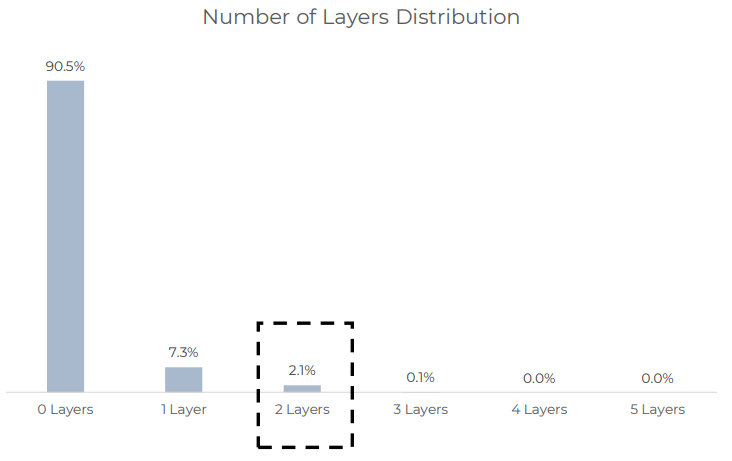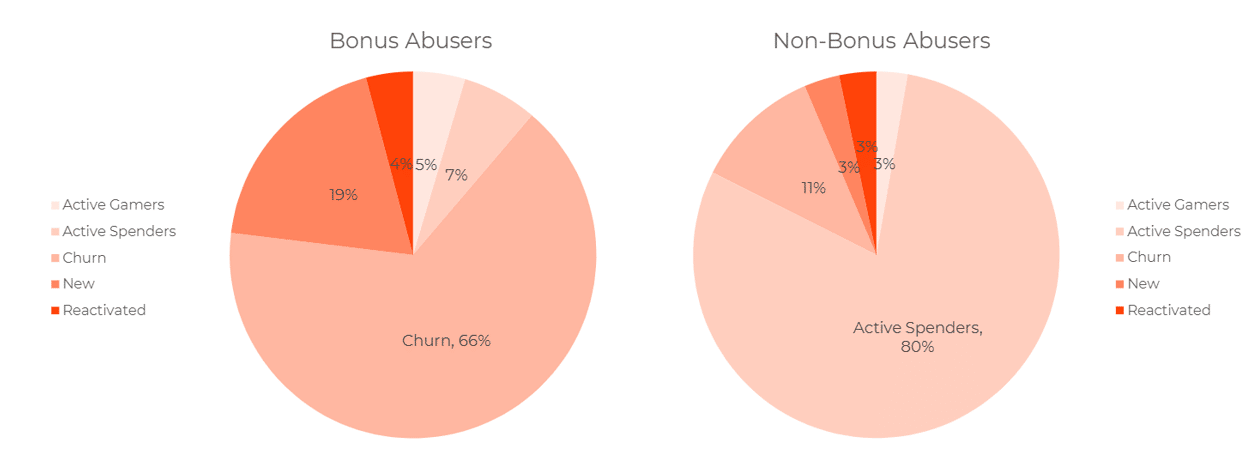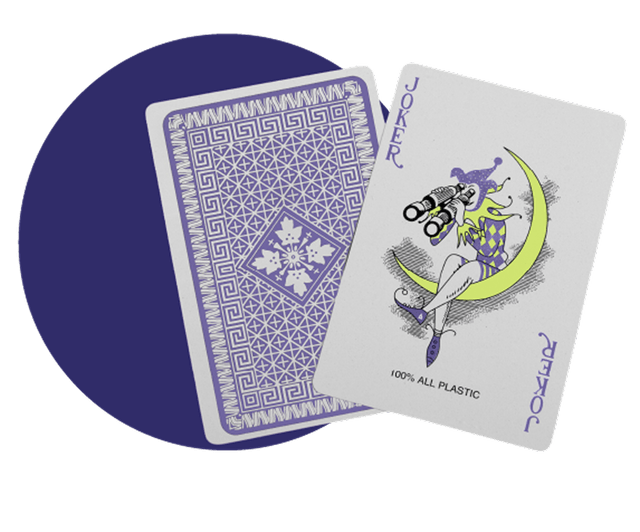
AI and the Retail Marketer’s Future
How AI transforms strategy and processes, driving the adoption of Positionless Marketing
Exclusive Forrester Report on AI in Marketing
No brand out there wants bonus abusers as regular customers.
The problem is that most brands, whether they like it or not, have this problematic segment of customers in their database.
There’s no need to worry, though. Here's everything you wanted to know about bonus abusers but were afraid to ask.
Just like the name suggests, bonus abusers are customers who constantly seek to get the most out of promotions while doing the absolute minimum. They have significantly lower retention rates and are, at the end of the day, negative revenue customers.
Brands want to find the right balance between providing customers with competitive promotions in order to avoid bonus abusers and reduce profit cannibalization.
Luckily, there are a few ways you can handle bonus abusers without disregarding them entirely.
First of all, identify customers who abuse bonuses. Group those customers with similar characteristics of suspect behavior to define this problematic customer segment.
But to really weed them out, look at specific data points. For example, you can look at these five ratios known as clusters (a combination of two features) at Optimove:
Low deposit amount and high bonus to deposit ratio
Low net revenue and high bonus claimed amount
High churn rate and high cash out ratio
Low total bet amount and high bonus to bet ratio
High bonus claimed amount and high bonus to deposit ratio
Then in each layer, identify the cluster that indicates bonus-abusing behavior. If a customer belongs to two or more layers, they should be flagged as a bonus abuser.
When building a bonus model, you want to carefully choose the attributes to include in your specific business model. You should also create one that suits your particular brand and industry to personalize the model to your specific needs.
That being said, a proper and more generic model for bonus abusers will probably look something like the following:
Therefore, to avoid customers brazenly taking advantage of bonuses – use a business model with a “better safe than sorry” approach consisting of the 2% layer.

All brands should work to achieve the right lifecycle stage distribution.
66% of bonus abusers are churn customers, while 19% are new customers, 4% are reactivated, and so on. In comparison, most of those who do not abuse bonuses (80%) are active spenders.

Bonus abusers need a pre-determined time frame to be identified – between one to three months of data is required. So, you can predict who your bonus abusers are very early in their customer lifecycle.
You can then alter your CRM campaigns to provide bonus abusers with a separate email sequence with different marketing content.
PS. Don’t forget that bonus abusers should be reviewed after implementing a bonus model. Wait a few months to analyze these customers – discover who they are, their motives, and where their bonus abuser behavior stems from.
Consider these actionable insights to take control of your bonus seekers, and before you know it, poof, they’ll disappear from your database.
Exclusive Forrester Report on AI in Marketing
In this proprietary Forrester report, learn how global marketers use AI and Positionless Marketing to streamline workflows and increase relevance.


Writers in the Optimove Team include marketing, R&D, product, data science, customer success, and technology experts who were instrumental in the creation of Positionless Marketing, a movement enabling marketers to do anything, and be everything.
Optimove’s leaders’ diverse expertise and real-world experience provide expert commentary and insight into proven and leading-edge marketing practices and trends.


